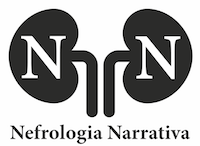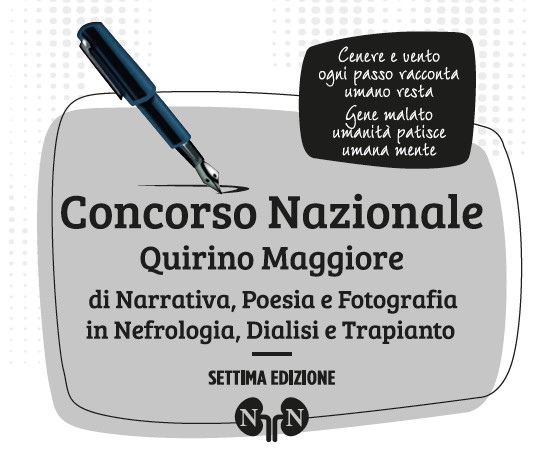Submissions
Submission Preparation Checklist
As part of the submission process, authors are required to check off their submission's compliance with all of the following items, and submissions may be returned to authors that do not adhere to these guidelines.-
The corresponding author, on behalf of all co-authors certifies that:
a) All listed authors meet authorship criteria, have approved the manuscript and are in agreement to its submission to this journal.
b) This submission is original: it has not been previously published, nor has it been submitted to another journal for consideration in a similar form, in any language or country, except as an abstract or preliminary report; ; if any part of it is not owned by the authors, appropriate permission for its reproduction has been obtained and is attached to this submission.
c) Financial support and conflict of interest statements for all authors have been appropriately acknowledged in the manuscript file.
A full description for the categories listed above is available here
Please note:
Manuscripts reporting the results of experimental investigation on human subjects must include full details of acceptance by the appropriate institutional committee or review board and a statement that the study was performed according to the Declaration of Helsinki has been included.
This submission platform is integrated with ORCID. All authors will be invited to connect their ORCID profile to this article. Find out more about ORCID and its integration here.
Reviews
Reviews are intended to focus on the current state of knowledge or practice, integrating recent advances with accepted principles and practice, or summarizing and analyzing consensus view of controversial issues in knowledge of practice. A non-structured abstract is required (max 250 words).
Original articles
Previously unpublished manuscripts, describing clinical, pre-clinical, epidemiological investigations, clinical trials, clinical observations, and other relevant investigations that are based on sound patient series, validated analytical methods, and appropriate statistical evaluation. Systematic reviews and meta-analysis can also be submitted as an original research article. Original research articles should be structured as follows: Introduction (clearly stating an objective or hypothesis), Methods (describing the study design and methods applied, including the study setting and dates, patients or participants with inclusion and exclusion criteria, and/or participation or response rates, or data sources, and how these were selected for the study), Results (describing the results of the study in context with the published literature and addressing study limitations), and Conclusions (addressing relevant implications for clinical practice or health policy). A structured abstract (max 250 words) is required.
Words: max 3000 (excluding figures and tables) | Figures/Tables: max 6 | References: max 50
Points of View
Points of view are intended to present viewpoints on the interpretation of recent investigations in pertinent research area. Points of view are fully referenced, peer reviewed articles and must offer a clear presentation of the authors’ perspective and a constructive discussion. A non-structured abstract is required (max 250 words).
Video article
A video article provides author(s) with an opportunity to supply their work using visual media. The video article is composed by
a) a title page
b) the video, approximately 8 minutes long and containing all of the elements which are found in a written manuscript. The narration must be in English and should not include background music.
Video articles must contain an introduction slide outlining the title and a further slide outlining the abstract (max 250 words).
Accepted file formats: MOV (Apple QuickTime Movie) , MPEG4 , AVI (Microsoft Audio Video Interleaved), WMV (Windows Media Video)
c) Images, Graphs, or other materials which support the findings of the article may be included.
d) a thumbnail image which is representative of the content of the video article.
Image explained
Images capture the sense of visual observation physicians experience in their daily practice and are a great tool to convey visible contents. Images should provide advances and/or unusual contributions. This article is composed by
a) a title page, with no abstract
b) an image description ( similar in concept to a figure legend)
c) A text, of no more than 500 words, structured as Discussion and Conclusions, describing the image and the techniques used to capture them, relevant clinical information and no more than 5 references.
If appropriate it may include a teaching point that makes clear the clinical relevance of the submission. Videos or additional supplementary materials which support the findings of the article may be included.
Case reports
Case reports will be considered if they describe a previously undescribed clinical case and are of very high importance for dissemination. Case reports must be structured as follows: Introduction (explaining the importance of the case), Case description (describing the case) and Conclusions (describing the detailed outcome of the report). A structured abstract is required (max 250 words).
Short Communications
A concise report of data from original research, focused on initial findings that will be of interest to scientists in other fields. A structured abstract is required (including Background, Aim, Methods, Results, Conclusion, max 250 words)
Correspondence
Letters to the Editor and letters in reply are intended to present opinions or omments on articles published in the Journal. Letters are subject to abridgement and editing for style and content. A letter in reply must cite the title of the letter, e.g., “Response to (Title of Letter)”. An abstract is not required
Narrative Nephrology

Narrative nephrology - In collaboration with ANED APS
Articles included in this sections report on experiences from patients, caregivers, family members and professional healthcare members involved with the care of nephrology patients. Narrative nephrology is also included in this section as a representation of patients needs.
Polycystic kidney disease - In collaboration with AIRP
Articles included in this sections report on experiences from patients, caregivers and family members as well as from professional healthcare members dedicated to APDKD, its diagnosis and therapy.
Nephrology nursing - In collaboration with SIAN
Articles included in this section represent contributions to nursing topics, applied to nephrology, dialysis and transplant.
Congress proceedings
A congress report covers scientific, medical, health policy or other healthcare related topics presented at an important scientific meeting that will be of interest to readers. No abstract is required.
Copyright Notice
Authors contributing to Giornale di Clinica Nefrologica e Dialisi (GCND) agree to publish their articles under the CC-BY-NC 4.0 license, which allows third parties to re-use the work without permission as long as the work is properly referenced and the use is non-commercial.
Privacy Statement
Personal information entered in this journal site will be used exclusively for the purposes of Journal of Clinical Nephrology and Dialysis and will not be made available for any other purpose or to any other party. The data collected from registered and non-registered users of this journal falls within the scope of the standard functioning of peer-reviewed journals and are detailed in the Privacy Policy. It includes information that makes communication possible for the editorial process; it is used to inform readers about the authorship and editing of content; it enables collecting aggregated data on readership behaviors, as well as tracking geopolitical and social elements of scholarly communication, in compliance with the European Union’s General Data Protection Regulation (GDPR)
For any questions, concern or comment you may have about this journal’s privacy policy or any requests concerning your personal data, please contact us.








